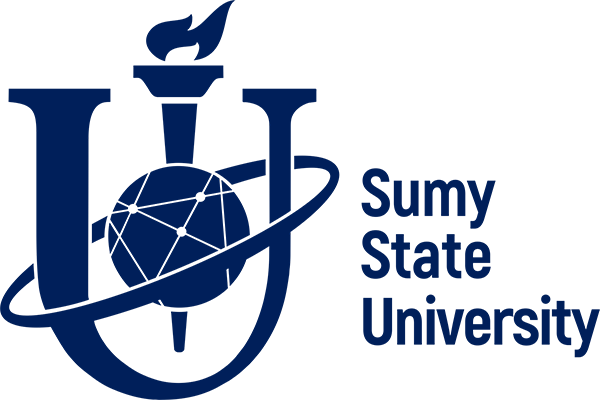Shvachko S. A., Kobyakova I. K., Kovtun V. A. The major objectives of traslatology
Keywords:
adaptation, communication, objectives, text, translator, transatology.Abstract
The title of the article implies a wide scope of questions but our investigation is being focused on
the set of items: teaching translation, objectives, exercises and assignments (both word-centered and
text – centered translation), profitips for would be translators, translation analysis. The choice of the
items is motivated by the dominant functions of transatology (nominative and communicative). The
latter succeed in identification of adequate, congruent, equivalent translation. The items of
professional validity, theoretical insertions, textocentric analysis are the objects of this paper. Gains,
achievements, goals and perspective vistas are the highlights herein. The ways of translation
adaptation have been outlined, among them are conceptualization, de-focusing, redundancy
(language economy). The rendering of the original texts into target ones brings the diversity of the
exercises and assignments what is the focus centre of the paper. The paper gives an opportunity to
make translation analyses of the original and target texts. Semantic isotopy, textual non-linearity,
self-organization, rhisomatic way of arranging textual cohesion and coherence, ramified
architectonics and interpretation plurality remain actual, urgent, still unsolved problems in
translatology. The major principles are manifested in conceptualization, de-focusing, expanse,
redundancy (language economy) specific arrangement.














